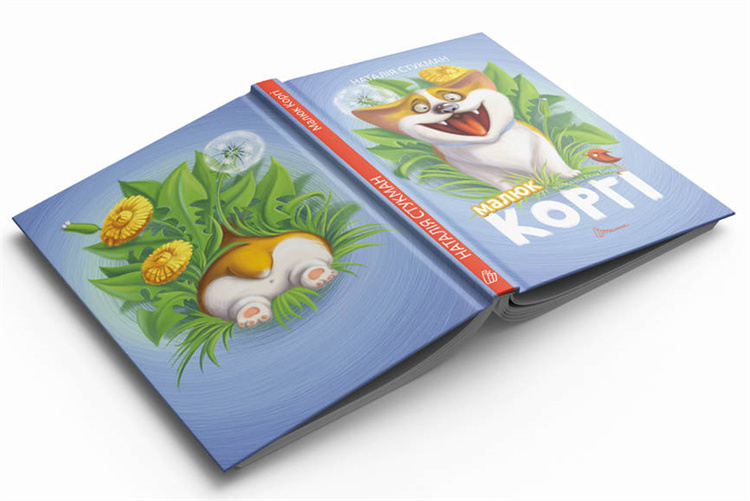The Cover Design Tips Of Children’s Book Printing
03-14-2023 09:13:10
Due to the different binding methods of children's book printing, the cover design is also different.

3 common cover structure of children's book
The cover of children's book on horseback includes four pages: front cover (cover 1), inside cover (cover 2), inside cover (cover 3) and back cover (cover 4).
In addition to the above four parts, paperback books also have a spine between the front cover and the back cover. Some paperbacks have an end paper and a flap (the part of the cover and back cover that is folded inward with the outer notch of the book block, generally about 4~5mm wide).
The cover of a hardcover children's book has many forms of composition. The composition of a general hardcover book is the same as that of a paperback book, except that it is mostly hard cover. Some hardcover books have envelopes and envelopes. The hard cover of a children’s book is also called a book case. The back part of the book has two types: flat and curved, which are called square spine and round spine. After the hard cover and the book block are connected, the edge of the book case should extend about 2-4 mm beyond the three edges of the book block.
What should a children's book cover design include?
Regardless of the form of cover, the cover (cover 1) is the main part, and it should be printed with at least three parts of the book name, the author's name, and the publisher. At least the standard book number, bar code and pricing of the book shall be printed on the back cover (the fourth cover). The second and third covers can be blank or printed. For the cover with endpaper, the endpaper can be blank or printed with patterns and words.
The connecting part between the first cover (front cover) and the fourth cover (back cover) is called the spine. Usually, custom children's book printing, when its thickness (spine width) is thicker than or equal to 5mm. The title of the main book, the name of the publisher (or logo) should be designed and printed on it. If the layout allows, the name of the translator should also be added, and the subtitle and other contents can also be added. If it is a series of publications, the title of the book and the name of the publisher should be included on the spine of the children’s book. If the layout allows, the total title and book number can also be added.
For multi-volume publications, the spine name will include the total name, sub-volume number and publisher name of the multi-volume publications, but not the sub-volume name. The title of the spine of the children’s book and its bound volume must include the book's name, volume number, and year of publication. The title of the spine should be in vertical or horizontal rows. If the book is too thin, the spine thickness is less than 5mm, and the content is not printed on the spine. Its relevant content (except the publisher's name) can be printed at a place no more than 15m away from the spine edge. Other contents are the same as the spine name and the edge name.
Generally, the spine name and the edge name should be aligned with the name on the cover and the title page (except for the publisher's name with a pattern). There should be no change in words and wording. If the spine name contains a foreign language or Chinese pinyin, it must be printed according to the foreign language habit.
To sum up, no matter custom what type of children's book printing, the cover design must match its binding type .
[Go back Menu]

